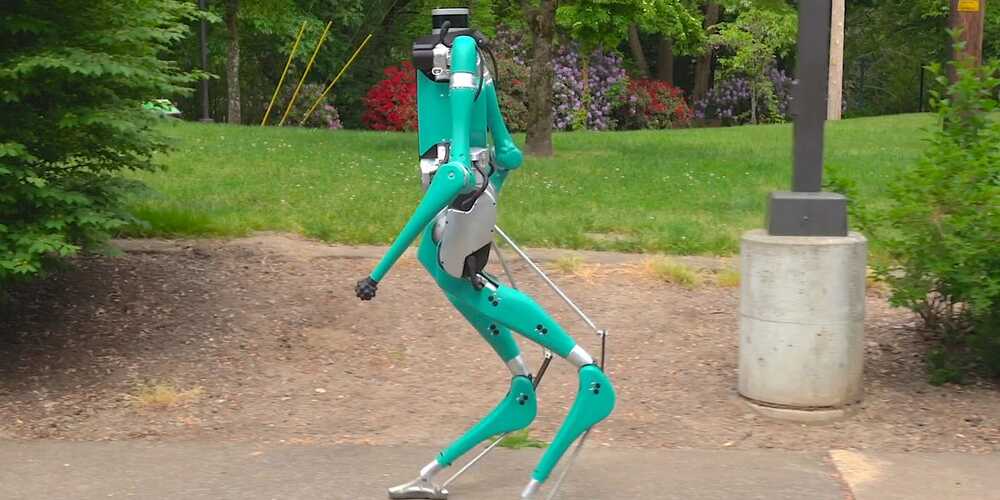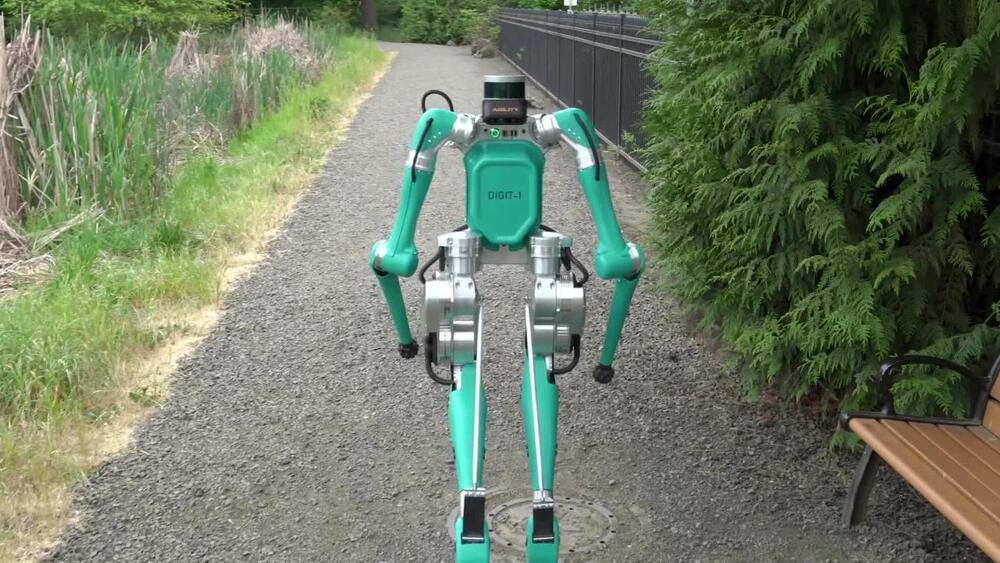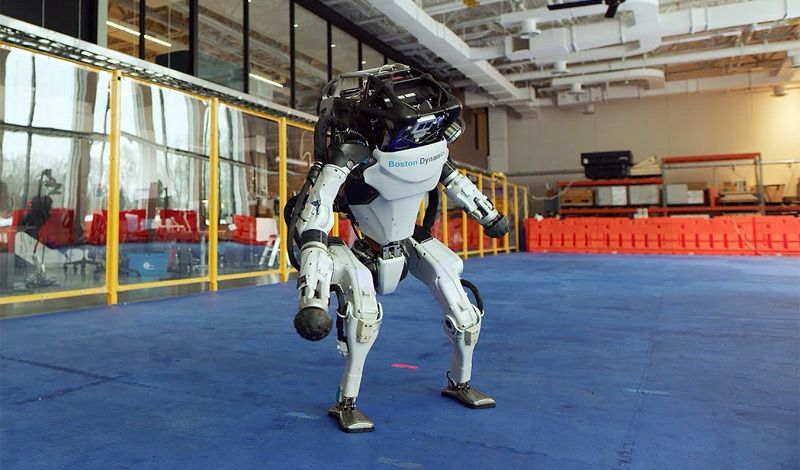Meet Ford’s new delivery bot 😃
Ford partnered with Agility Robotics to create Digit, a two-legged robot that could deliver your packages straight to your door in the future.

Science and Futurism with Isaac Arthur is a YouTube channel which focuses on exploring the depths of concepts in science and futurism. Since its first episode in 2014, SFIA has considered topics ranging from the seemingly mundane, to the extremely exotic, featuring episodes on megastructure engineering, interstellar travel, the future of earth, and the Fermi paradox, among others. Yet regardless of how strange a subject may seem, Isaac always tries to ensure that the discussion is grounded in the known science of today.
Isaac Arthur joins John Michael Godlier on today’s Event Horizon to discuss these subjects, the future past 2020. Thoughts on life extension. Nanotechnology. Artificial intelligence. The Fermi paradox.
What is the most obvious answer to the Fermi paradox?
Science and Futurism with Isaac Arthur: https://www.youtube.com/channel/UCZFipeZtQM5CKUjx6grh54g.
Want to support the channel?
Patreon: https://www.patreon.com/EventHorizonShow.
Follow us at other places!

The takeaway: “Unless you can quickly use your tech advantage to establish a monopoly-like position your AI technologies cannot maintain a market lead without additional innovation required.” The ‘innovation’ comes from (HI) Human Intelligence. (HC) Human Creativity-zdnet.com
When every organization has access to AI … the difference will be in Human Intelligence (HI)
Happy 2021 from 2020.
Get early access to our latest psychology lectures: http://bit.ly/new-talks.
In this talk, Anil looks into the mechanisms at play when experiencing both inner and outer phenomena, the central components of which are prediction and perception.
Anil Seth is Professor of Cognitive and Computational Neuroscience at the University of Sussex, and the Co-Director of the Sackler Centre for Consciousness Science. He is a Wellcome Trust Engagement Fellow, and a Senior Fellow of the Canadian Institute for Advanced Research. Professor Seth is Editor-in-Chief of Neuroscience of Consciousness, sits on the steering group and advisory board of the Human Mind Project, and was President of the British Science Association Psychology Section in 2017.
He is the co-author of the ‘30 Second Brain’, and contributes regularly to a variety of media including New Scientist, The Guardian, and the BBC. His 2017 TED talk has been viewed more than 9 million times. Professor Seth’s research bridges neuroscience, mathematics, artificial intelligence, computer science, psychology, philosophy and psychiatry. He has also worked extensively with playwrights, dancers and other artists to shape a truly humanistic view of consciousness and self. You can keep up to date with his work at www.anilseth.com.

Ford partnered with Agility Robotics to create a two-legged delivery robot called Digit. It’s easy to see why. One-click shopping and perks like two-day delivery are extremely convenient, but they are taking a toll on our cities and neighborhoods. The U.S. Postal Service alone delivered more than 6 billion packages in 2018, or double the volume it was handling about 10 years ago. To help address this issue, Ford is teaming up with Agility Robotics to explore a brand-new frontier in the world of autonomy — and a new way of thinking about how we make deliveries. Together, we will work toward making sure self-driving vehicles are uniquely outfitted to accomplish something that’s proven surprisingly difficult to do: Carry out that final step of getting your delivery from the car to your door.




Boston Dynamics’ robots dance to “Do you love me”
Boston Dynamics, already well known for its cutting-edge robotics technology, has released a new video in which its latest machines can be seen dancing to the classic song “Do You Love Me” by the Contours.
This line-up includes the bipedal humanoid Atlas, the four-legged canine-inspired Spot, and the two-wheeled Handle. The robots’ moves appear eerily human-like as they strut their stuff – an effect known as the uncanny valley.